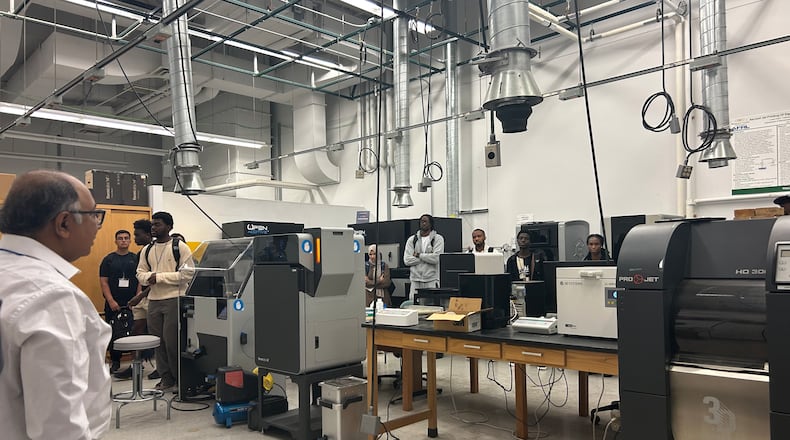Semiconductors are used in many technologies, including computers, advanced medical devices, military devices and televisions.
When Intel announced plans to build a new plant in Ohio, the company also provided $50 million to train new workers. Intel invested about $28 million to build Phase 1 of the project near New Albany.
While the plant’s completion has been delayed twice, Intel currently plans to begin manufacturing in the Ohio facility in 2031, according to an announcement on the Intel website.
The Intel project is part of a move to bring semiconductor manufacturing back to the U.S., as it is critical in national security. Intel says about 75% of their chips are already built in the western U.S., but there are overseas factories in Israel and Ireland.
Advanced Micro Devices announced in April that their key processor chips will be produced at a new Arizona lab run by Taiwan Semiconductor Manufacturing Co., according to Reuters.
Thus, semiconductor manufacturing is a field with both a lot of potential and one in which the need for educated and experienced workers is not going away, said two university program directors from Intel, Mindy Murdock and Lisa Depew. Murdock said about 67,000 are at risk of going unfilled by 2030.
“There is a huge shortage for the technical workforce in semiconductors,” said Central State physics professor Hadi Hadizadeh.
The internship consists of a four-week introduction to microelectronics design and printed circuit boards, and will also teach the interns about security protections.
This is the third year the program has been offered, Hadizadeh said, and this is the largest group of interns thus far. Twenty students were accepted in the first year, while more than 45 are attending this year, and not just from Ohio.
Thomas Murray, a chemistry and material science major who recently graduated from Fayetteville State University, a public, historically Black institution in North Carolina, said he wanted to participate because he is interested in semiconductors.
“I’m hoping to get some experience with semiconductors and how do we get raw materials into a product,” he said.
He said he was impressed by how many Ohio higher education institutions have been working together on this project.
Students attending the program get a $5,000 stipend and housing, according to CSU’s website.
Additional funding for semiconductor education was provided by the National Science Foundation, said Hadizadeh.
About the Author

